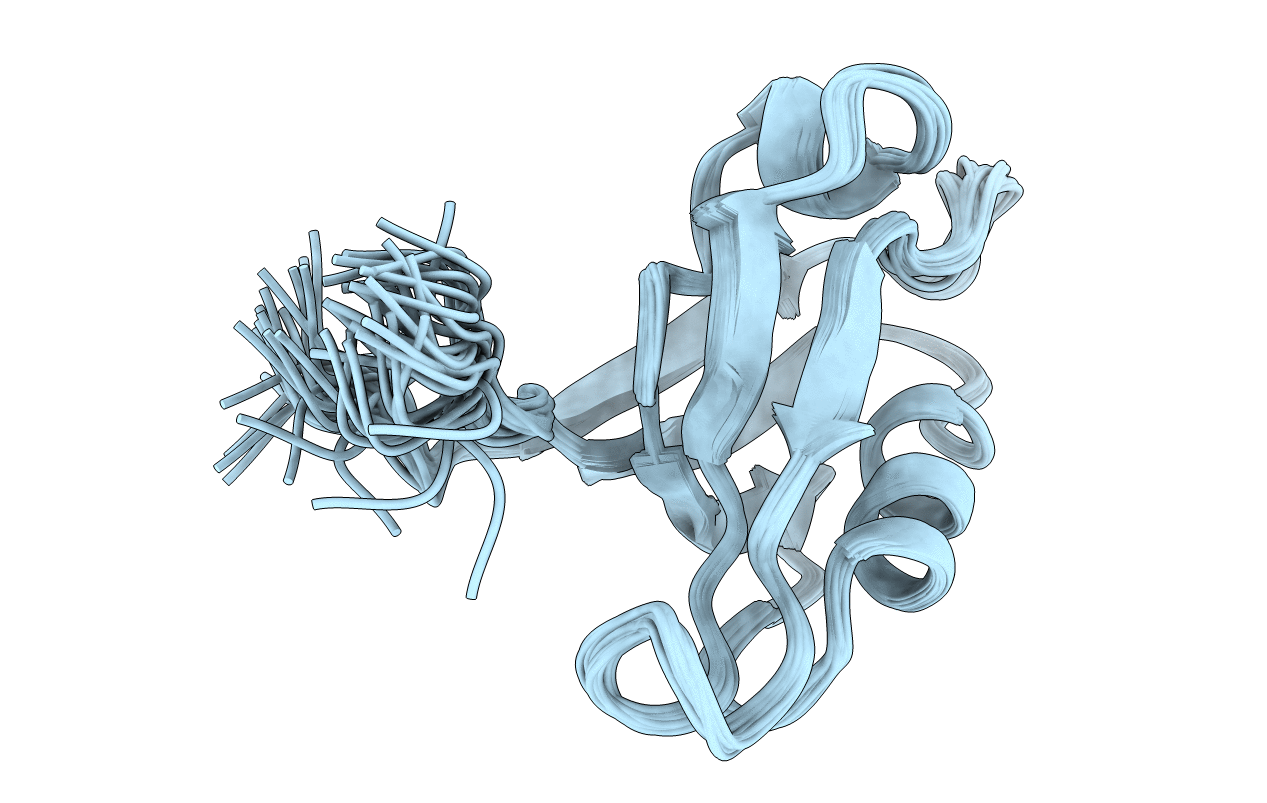
Deposition Date
1999-05-10
Release Date
2000-03-17
Last Version Date
2023-12-27
Entry Detail
PDB ID:
3PDZ
Keywords:
Title:
SOLUTION STRUCTURE OF THE PDZ2 DOMAIN FROM HUMAN PHOSPHATASE HPTP1E
Biological Source:
Source Organism:
Homo sapiens (Taxon ID: 9606)
Host Organism:
Method Details:
Experimental Method:
Conformers Calculated:
200
Conformers Submitted:
30
Selection Criteria:
LOWEST ENERGY


